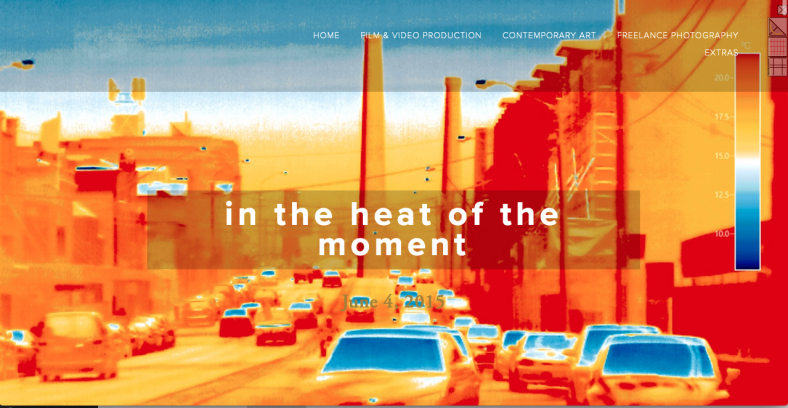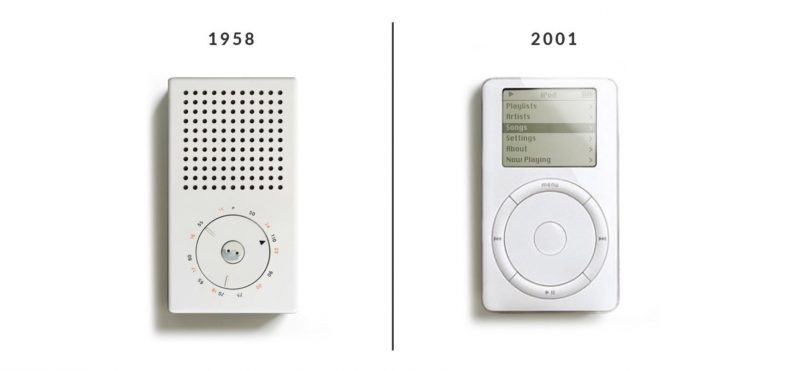https://www.adamsebire.info/the-works/in-the-heat-of-the-moment




Infrastructure for oration and speech in cities has played an important role in communication and mediation of the urban space. However, when talking about ‘voice’, it is important to also look at infrastructure surrounding the oppression of certain voices. With every amphitheater, Forum and town hall built, one has to question who had access to these spaces. Often, infrastructure surrounding public discourse has sub-structures embedded in it that deliberately leave out voices considered unimportant or unworthy by the powerful. Even with print publications, newspapers and books, the same questions of access and opportunity are valid.
For example, the caste system in India is a kind of social infrastructure which codifies the ‘value’ of individuals – and thus, their voices – according to the hierarchical spot they occupy within the structure. The conscious, systemic and insidious social structures enforced for 4000 + years is essentially a form of infrastructure used to control whose voices are heard, read or watched. Ancient Indian scientific and theological knowledge was created by and for the Brahmins (priests, upper caste). Dalits (lower castes) were – and to a certain extent, are – not allowed to access to public spaces or public knowledge and have been ghettoized as a result of conscious infrastructural decisions made by the upper castes.
Furthermore, the caste system resulted in silos, where people were confined to their own social groups and had access to only their group.For example, there are many newspapers for Dalits and by Dalits, but they are systematically kept away from integration into the mainstream.
Another example of social structures extending themselves to physical infrastructures can be seen in the lack of disability access to public spaces across the world. In terms of urban planning, ghettos and slums tend to be far away from central places and communication services like the internet or the postal service vary in quality within a city as much as they do across countries.

Socio-economically weaker people would be hired or enslaved to carry the water.
People as infrastructure –
Not only do people naturally tend to fill up infrastructural gaps, but the history of oppression shows us that certain groups of people are viewed as infrastructure by other people. Slaves were a form of infrastructure for the landowners, Dalits are infrastructure as sanitation workers and in some places, women are still considered as mere infrastructure to further the male line. In fact, oppressed people groups only get liberated when they stop being viewed as infrastructure and are given ‘personhood’ by the mainstream. Today, animals are basically treated as industrial infrastructure producing milk and meat.

The residues of these older infrastructural elements have leaked into the present in the form of racism, patriarchy and the continuous exploitation of Dalits.
Given more time, I would like to research deeper into the infrastructures surrounding oppression, I’m sure there are examples from all over the world.

2. What is not media infrastructure?


3. Assuming infrastructure as something in the background or being invisible, the modernist design movement bases its aesthetic on the pretense that infrastructure doesn’t exist. Media devices and other products, architecture, etc need to look ‘effortless’ in order to be modern. Traditional minimalism opposes any reminder of messy infrastructural elements. It serves the capitalist agenda to make everything seem simpler than it really is. It also follows, that deliberately revealing infrastructural elements became a big part of postmodern design.


Deliberately hiding infrastructure

Deliberately revealing infrastructure